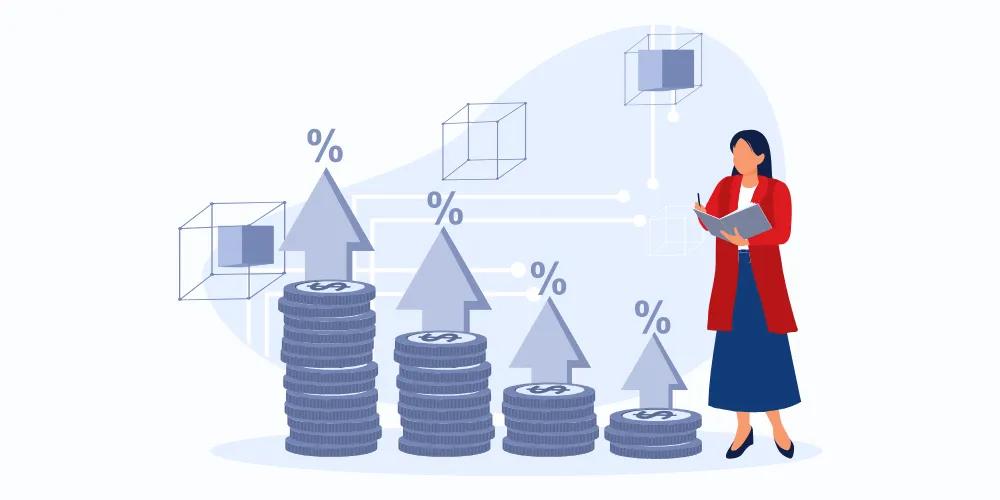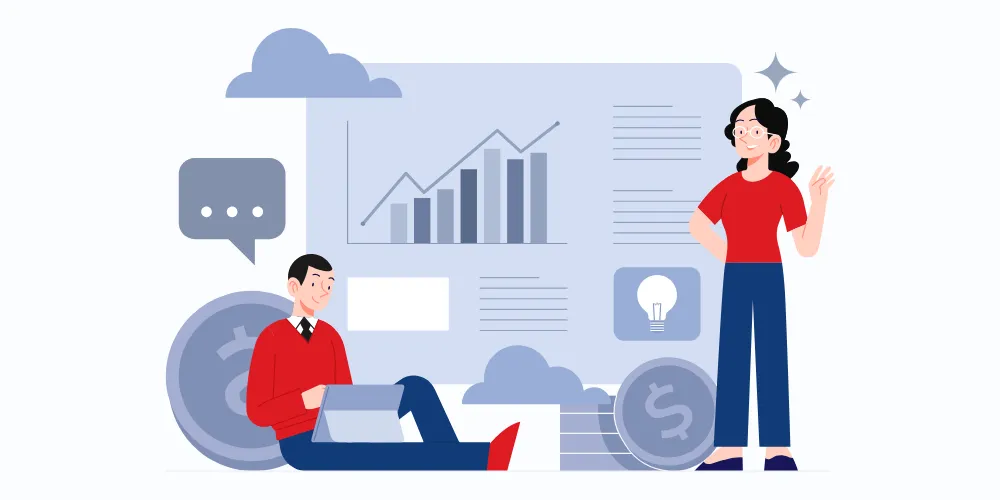How to analyze employee performance - Sales Analytics
- Sumeet Shah
- Feb 05, 2021
- 4 min read
- Last updated on May 22, 2024
We have heard a lot about Pareto's 80/20 rule states that 80% of the outcome is attributed to 20% of a specific element in business. As an example, in sales, they say 80% of sales come from 20% of customers. Here is a different yet equally powerful rule that may interest you. It's the 20/60/20 rule of leadership. This rule splits the population into 3 groups with varied behavior. If aligned with employees' performance, this is how it would look like.
Top 20%
Strong performers in your organization. You can depend on them, they are like a smooth functioning unit that understands their goals, work hard, and have the required skills to deliver the top results. You need to leave them alone as they already know what needs to be delivered. Tinkering with them through over-communication or needless coaching might actually create an imbalance.
Middle 60%
Average performers who need some level of hand-holding. Be clear that their average performance may not necessarily be attributed to a lack of potential or competencies. There can be other elements that we need to uncover and work upon. These are your dark horses who can actually turn the tide around for you with the right coaching and guidance.
Bottom 20%
Underperformers who are your weakest links. Their reason to being in this group can be attributed to multiple factors, lack of potential, skill sets, or improper role fitment. I believe these are pretty much like the top 20%. I would not spend too much time on them unless there's a clear understanding of the areas to focus upon. Any energy spent without this clarity would end up in frustration.
Why do you need this analysis?
If you are in sales operations / commercial excellence, you are in charge of the effectiveness and efficiency of your organization's sales. You are the strategic elements needed to remove impediments and provide insights to run the sales engine. 20/60/20 analysis helps you understand how your salesforce fares and where every individual falls in terms of performance.
Below are 3 different metrics used for 20/60/20 analysis; Attrition, Performance Variation, and Earnings Contribution.
- This particular graph shows the overall churn across the hierarchy in a particular year
- Let us analyze attrition among Sales Directors: 25% of top performers, 21% of middle-tier / average performers, and 38% of bottom performers left the organization
- There are multiple takeaways from this position;
- What's leading to high attrition among my top performers? Shouldn't they be the happiest and to be the ones to stick around? How does this impact my sales forecasts?
- High attrition among bottom performers is great. I can now hire fresh blood
- Overall, high turnover across the role. Wait...scratch the above two, there's something inherently wrong with either the people, product, or process part of the organization. Should I rather introspect before counseling individuals on their performance?
- These particular graphs show how my top and bottom performers are faring within their categories across two periods
- First, we'll talk about bottom performers. 4 out of my 48 underperforming reps have turned it around and are among the best, while 28 have shown improvement as well. A couple of things here
- What measure did we as an organization take? That has worked, and we need to build upon it
- Why are 16 still in the same category? These are misfits, and we may need to make some tough calls with them.
- Similarly, 6 out of my 48 top reps have slipped to the bottom, and there’s some level of deterioration seen amongst 29 others too.
- Did our measure impact the bottom performers positively as against the top performers?
- Why is a major chunk of my top performers moving downward? Or are new top performers (originally part of the bottom performers’ group) out-scoring them?
I think I will need to look at the sales data to understand. Let's check that out.
This graphic shows "% attainment" & "sales volume" split across the entire salesforce over different periods. Sales across different categories have been pretty much similar with some variation. However, overall sales volume had grown across all quarters, as seen in the grid on the right. The key takeaway here is that the measures are taken, which may be the most recent IC plan rolled out by the organization, are pushing the salesforce, which is yielding an increase in sales. Another takeaway here is that my sales reps have been replacing each other across performance buckets. It is, however, not leading to any increase in sales from top & mid-tier performers as the bottom performers' contribution has fairly been constant. This may mean that the most recent version of the IC plan may not be helping reps across the board. It might be more aligned with bottom performers leaving little to no motivation for top performers to outperform.
Key Takeaways
- There is attrition across performance buckets within a role group; Directors and Sales Executive groups are a couple of examples. There is a need to fix either the people, products, or process issues before focusing on individuals in this role.
- Area Sales Managers & Regional Sales Managers show a different picture, though. Maximum attrition in these groups is at the bottom. There is a need to analyze this attrition trend vis-a-vis other groups and understand what's keeping the top performers engaged while other role groups are struggling to do so.
- Across the board, top-performing and bottom-performing reps have interchanged their positions while driving marginal sales growth. There is a need to study the recent IC plan and identify if payout curves need to be redone to give an equal opportunity across the board.
Sales analytics is an up-and-coming area that can help you make data-driven decisions and improve the overall efficiency manifold.




